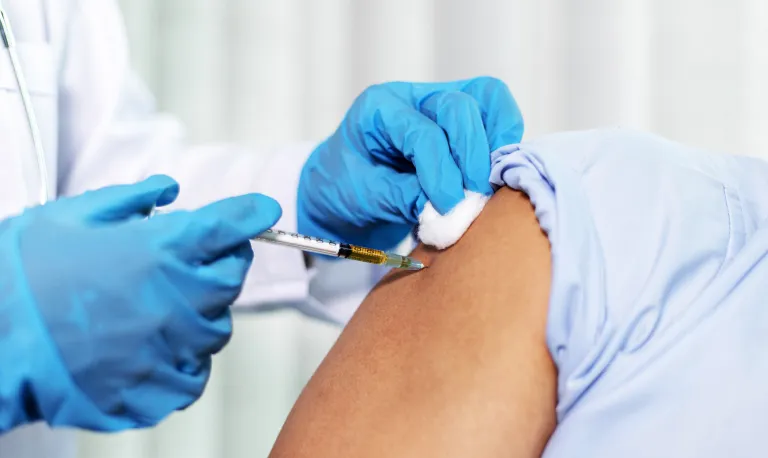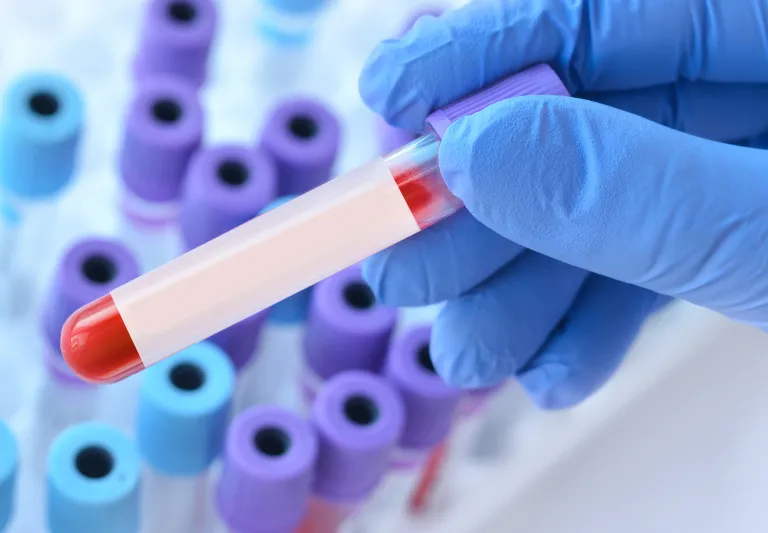Diagnostic Products
Our solution in Molecular Inmunotherapy
The first step towards effective allergy treatment is obtaining an accurate and definitive diagnosis, which is essential for tailoring a personalized treatment strategy. Our diagnostic products are meticulously designed to deliver precise, reliable results, enabling healthcare professionals to make informed decisions and provide optimal patient care.
Allergic disease can manifest itself in the form of rhinitis, rhinoconjunctivitis, asthma and/or hives. For its proper diagnosis, the specialist must consider both the personal and family history through a detailed medical history (anamnesis).
Subsequently, a series of diagnostic tests are carried out, including in vivo methods, such as the prick test, intradermal tests and challenge tests, as well as in vitro methods, such as blood tests for the detection of specific antibodies.
The diagnosis of allergy is made through simple tests, both skin and analytical, which allow the allergen responsible for the patient's symptoms to be identified.
Prick test
Prick test, consist of the administration of the allergen or substance suspected of causing the allergic reaction. This is performed on the skin of the upper side of the forearm through the inoculation of allergen extracts into the epidermis, by means of a puncture with a lancet. Any remaining liquid is eliminated afterwards, in order to ensure that there is no cross-contamination amongst several allergens, which may alter the validity of the results.
Subsequently, the patient will have to wait around 15-20 minutes, after which the doctor will take the reading and interpret the results according to the type of reaction that has taken place on the patient’s skin.
If the patient is allergic, a papule with swelling and redness at the puncture site will develop, due to the release of inflammatory mediators. This could mean that this allergen may be responsible for large parts of your allergic symptoms.
To check that the test was performed correctly, two controls will used: positive and negative. If the test was carried out correctly, a papule will be produced in the forearm area where the positive control (histamine) has been placed and no reaction of any type should occur in the case of the negative control (physiological saline solution). Generally, prick tests are safe, and they do not present a risk of an allergic reaction. However, generalised allergic reactions have sometimes been described with the conduct of these tests. Most times the allergic reactions were with medicinal products and in highly sensitive individuals.
On many occasions, for a correct and complete diagnosis, the specialist shall also resort to conducting "in vitro"tests after performing the skin tests.

Intradermal test venoms

Intradermal testing is another diagnostic method that helps determine whether an individual is allergic to a specific substance. This technique is used by the specialist when the skin prick tests are negative and the specialist suspects that the allergen in question is causing the allergic reaction. The test consists of the administration of a small amount of allergen or suspected substance under the surface of the skin. After 15-20 minutes, the area of application is examined for signs of an allergic reaction, consisting of a small urticaria, swelling and redness of the skin.
The intradermal test is a more sensitive technique than the prick test, providing better results at diagnosis. They are used particularly in the diagnosis of a drug allergy and bee or wasp sting venom.
Betalactams diagnostic tests
The diagnosis of allergy to drugs, such as beta-lactam antibiotics, requires an appropriate evaluation by the specialist, who must take into account the medical history and perform specific "in vivo" tests, such as the prick test, intradermal tests and, in some cases, controlled provocation tests.
Intradermal tests are especially useful in the evaluation of drug allergy, since they offer greater diagnostic sensitivity than the prick test.
In any case, it is essential to follow a staggered diagnostic strategy, starting with low concentrations and evaluating tolerance progressively, under specialized medical supervision.
Diater has diagnostic lines aimed at detecting allergies to antibiotics, including beta-lactams, through validated tests used exclusively by healthcare professionals.

References
1 Alvaro-Lozano, Montserrat et al. “EAACI Allergen Immunotherapy User's Guide.” Pediatric allergy and immunology : official publication of the European Society of Pediatric Allergy and Immunology vol. 31 Suppl 25,Suppl 25 (2020).
2 Cox L, Larenas-Linnemann D, Lockey RF, Passalacqua G. Speaking the same language: The World Allergy Organization Subcutaneous Immunotherapy Systemic Reaction Grading System. J Allergy Clin Immunol. 2010.
3 Calderón, M A et al. “European Survey on Adverse Systemic Reactions in Allergen Immunotherapy (EASSI): a real-life clinical assessment.” Allergy vol. 72,3 (2017).